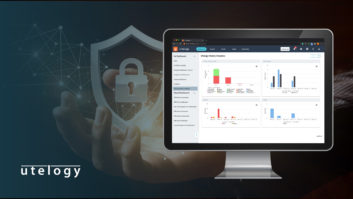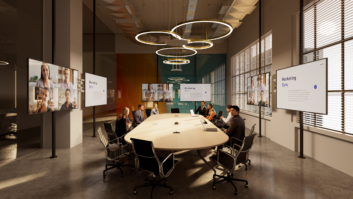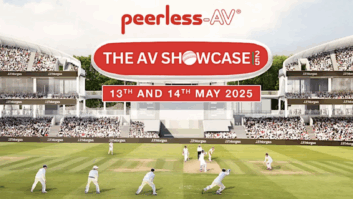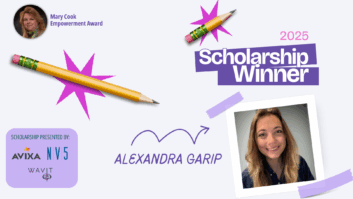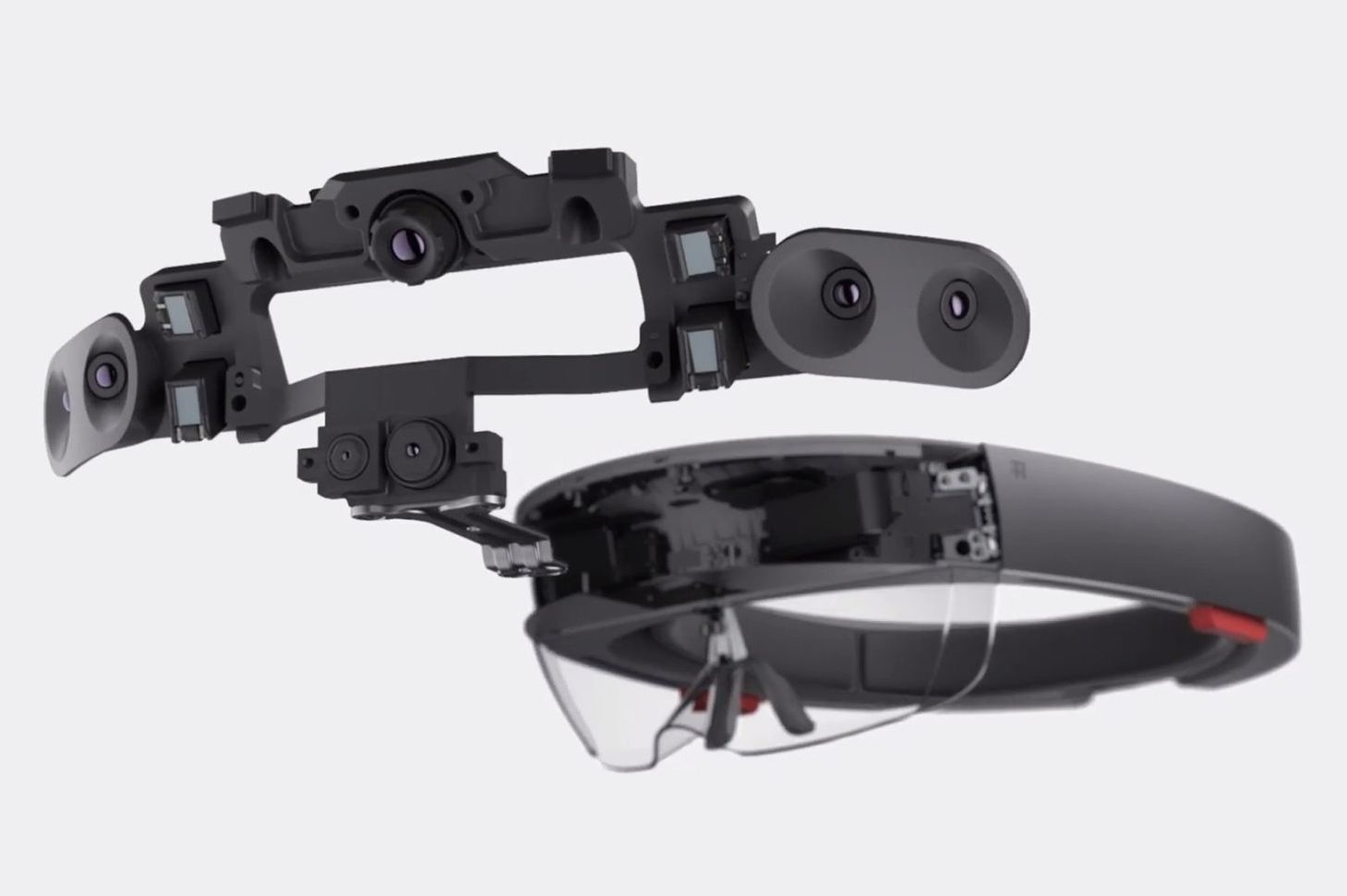
Maximilian Doelle, digital strategist and chief prototyper at innovation studio Kazendi, explains why Microsoft’s mixed reality headset is a true game changer for AV.
The best thing about working with Microsoft HoloLens is being constantly surprised about how it can be used. It’s already making waves in finance, insurance, construction and marketing – and it only took a conversation to recognise HoloLens’s potential in the audiovisual world.
HoloLens adds an interactive layer to AV – enabling virtual meetings, remote collaboration and providing truly visual 3D data. But first, a little bit about the HoloLens and mixed reality itself. Mixed reality refers to blending the virtual with the physical world where a technology has an awareness of its environment, for instance allowing you to place a hologram snugly on a surface or a virtual ball bouncing off the floor in a physically correct way.
Microsoft HoloLens (pictured) is the most advanced mixed reality headset on the market; it’s comprised of four in-built 3D scanners, a holographic processing unit (HPU), half-tone see-through holographic lenses, 3D audio, six microphones and much more. HoloLens quickly recognises its environment and layers holograms on top of it – this is where the magic happens – and gesture control makes the experience fully interactive. In addition, HoloLens runs full Windows 10, meaning that you can run any app that is available for Windows 10 on HoloLens as well as design apps that can run all other platforms and are simply responsive for the actual device.
An amazingly versatile technology, HoloLens’s applications are endless. HoloLens has already caught the eye of corporates across the board – some of the world’s biggest insurers, banks and architects are integrating it into their digital strategies. This year, for instance, CitiGroup announced a prototype of a virtual trading desk, built on top of HoloLens.
HoloLens is being adopted by architects to create visual experiences for their drawings. Clients can literally see and experience buildings in 3D before they have even been built. Insurers are using HoloLens to conduct better risk assessments, and even furniture companies are getting in on the action. For a client, we designed an app that allows customers to virtually furnish rooms.
HoloLens and AV
So how can HoloLens be used in AV? For companies, perhaps one of the most attractive use cases of HoloLens is facilitating virtual meetings. Put on your HoloLens and talk to your colleagues and business partners as if there were next to you, wherever they are in the world, in real size – a significant departure from tinny conference calls and muddled Skype conversations. HoloLens also aids remote working and collaboration: interact with your colleagues with no boundaries.
HoloLens also has practical on-site applications for AV installers. It can assist during AV system installations by displaying markers and annotations in spaces and properties, as well as highlighting risks. At Kazendi, we built an application for HoloLens called Spatial Explorer. It generates rapid 3D models of rooms, which can be easily shared with colleagues or clients and used for layout and design purposes.
For the AV industry, HoloLens can also be used to create innovative applications for companies. For instance, we might see a combination of physical screens and holographic experiences in the medium-term future. This would mean that participants are wearing HoloLenses to view specific content but could at the same time view 2D content on digital screens. The use of HoloLens allows your customers to collaborate in holographic environments and create a truly magical experience for participants.
HoloLens is moving forward day by day in its inclusion in the digital strategy of the world’s largest corporates. It goes without saying that collaboration and discovery are at the heart of HoloLens. Think about how mixed reality could change the face of your industry and test the idea – another great thing about HoloLens is that the only limit is your imagination.
Kazendi is a London-based lean innovation studio that helps corporates innovate faster by prototyping any idea, regardless of technology. To help companies explore the opportunities of HoloLens, Kazendi holds half-day ideation workshops.


